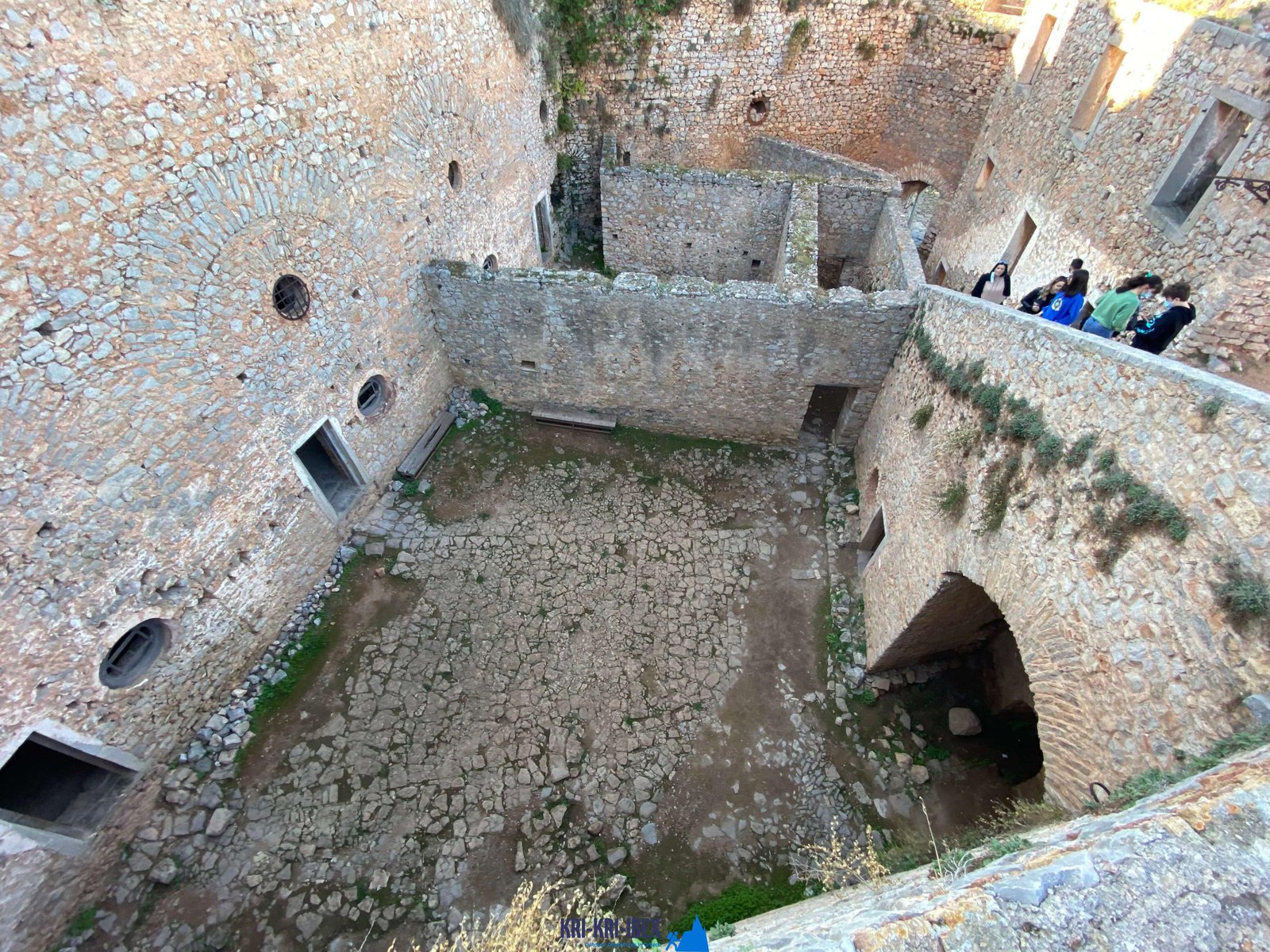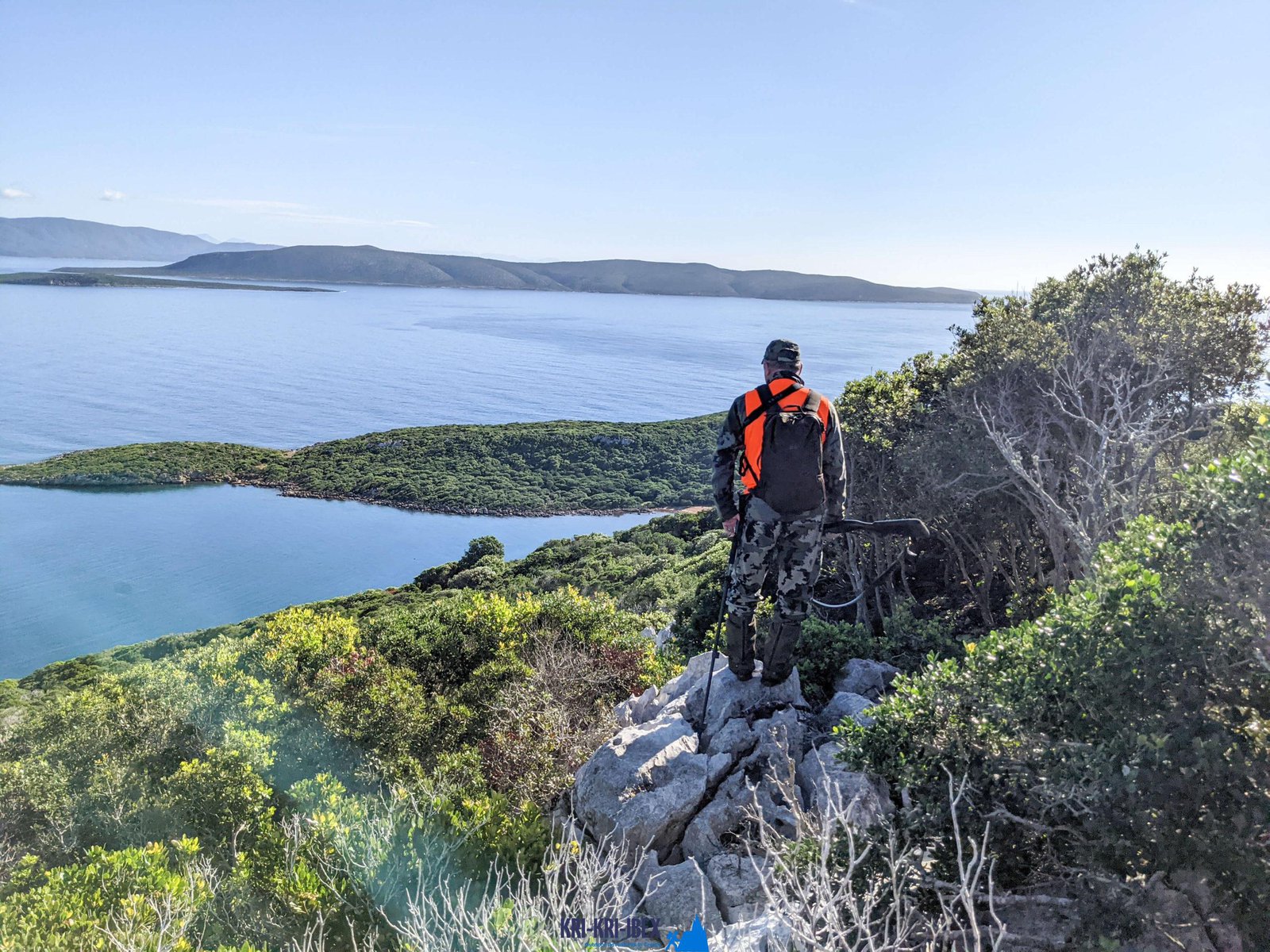Check out Sapientza island, the concealed paradise of Kri Kri ibex in Greece
Check out Sapientza island, the concealed paradise of Kri Kri ibex in Greece
Blog Article

The Peloponnese peninsula on the Greek Mainland is commonly described as the 'actual' Greece. Since it has managed to remain fairly unblemished by mass tourist as well as maintains much of its traditional beauty, this is. Peloponnese is the location for you if you're looking for an authentic Greek experience. As well as what much better method to explore this gorgeous region than on among our outdoor hunting, angling, as well as free diving scenic tours?

This Ibex is not a petite kind of the Bezoar Ibex, which has moved to the western side of its range. The kri-kri (Capra aegagrus cretica), also called the Cretan goat, Agrimi, or Cretan Ibex, is a wild goat native to the Eastern Mediterranean. The kri-kri (Capra aegagrus cretica), a feral goat populating the East Mediterranean, was once believed to be a subspecies of wild goat. The kri-kri has a light brownish layer with a darker neck band. Their two sweeping horns climb from their head. The kri-kri is a careful and also shy animal in the wild, resting during the day. They can jump long distances or climb up relatively large cliffs.
The Peloponnese is the southernmost part of landmass Greece as well as could be taken into consideration the "real" Greece to several. It supplies a range of landscapes from sensational beaches, rough coast populated with little coves, medieval villages clinging to mountain sides, rolling hills as well as valleys, olive groves and also also wineries. In in between lie stays of old human beings as well as historical websites dating back countless years. The climate below is milder than in most other parts of Greece due mainly to its south location and also since it is bordered by water on 3 sides-- the Ionian Sea to the west, the Myrtoan Sea to the southwest and the Saronic Gulf to the east. Because of this there are great deals of sunlight hours making it ideal for outdoor tasks such as walking, climbing, kayaking in addition to swimming as well as watersports. You can conveniently invest a month in this lovely area without running out of points to do! One of our most preferred activities is angling in Methoni. We provide half day or full outing where you can attempt your hand at deep sea fishing, bottom angling or trolling. You can likewise go spearfishing or cost-free diving if you are already certified. If you wish to discover how to fish after that we can arrange for lessons with among our seasoned teachers that will teach you all the essentials. Fishing is a fantastic method to delight in and kick back nature at its finest. The crystal clear waters use excellent visibility for locating fish along with for seeing any type of sea animals that you might run into such as turtles or dolphins. It's likewise a great method to get some workout while delighting in the fresh air and stunning views. Our Peloponnese trips take you out of the ordinary to check out a few of the minimal well-known gems of this beautiful area. Our scenic tours are designed for small teams to make sure that you can get an extra intimate experience and also really learn more about your fellow travelers. You will certainly remain in family run lodging where feasible so that you can experience conventional Greek hospitality at its finest. We make use of regional overviews that are specialists in their area and that will share their expertise and also passion for this amazing location with you. Our trips are energetic so be prepared to do some strolling or hiking yet we assure it will deserve it! Emphasizes include sees to old websites such as Mycenae, Olympia (the birth location of the Olympic Games) and also Epidaurus-- just to name a few. You will also reach experience standard Greek village life, swim in concealed coves, discover middle ages castles set down on hills with awesome sights as well as far more!
There is really something for everyone in the Peloponnese peninsula. Whether you have an interest in background as well as culture or nature and also outside tasks, this is a perfect location for your following holiday. If you are short on schedule, our searching and touring Peloponnese Tours from Methoni is a terrific means to see every little thing this breathtaking location needs to offer.And lastly, your Kri Kri ibex prize is waiting for you.
What is the diference between Kri Kri ibex, Bezoar ibex and hybrid ibex
The kri-kri is not thought to be indigenous to Crete, most likely having been imported to the island during the time of the Minoan civilization. Nevertheless, it is found nowhere else and is therefore endemic to Crete. It was common throughout the Aegean but the peaks of the 8,000 ft (2,400 m) White Mountains of Western Crete are their last strongholds–particularly a series of almost vertical 3,000 ft (900 m) cliffs called ‘the Untrodden’—at the head of the Samaria Gorge. This mountain range, which hosts another 14 endemic animal species, is protected as a UNESCO Biosphere Reserve. In total, their range extends to the White Mountains, the Samaria National Forest and the islets of Dia, Thodorou, and Agii Pandes.
This Ibex is NOT a diminutive form of the Bezoar Ibex, which has migrated into the western-most reach of the range of this species. The kri – kri (Capra aegagrus cretica), sometimes called the Cretan goat, Agrimi, or Cretan Ibex, is a feral goat inhabiting the Eastern Mediterranean, previously considered a subspecies of wild goat. The kri-kri has a light brownish coat with a darker band around its neck. It has two horns that sweep back from the head. In the wild they are shy and avoid tourists, resting during the day. The animal can leap some distance or climb seemingly sheer cliffs.
“The agrimi goat Capra aegagrus cretica is unique to Crete and its offshore islands. It has been identi®ed as a sub-species of the wild bezoar goat Capra aegagrus aegagrus Erxleben, 1777, which it closely resembles in horn shape, body form and coloration. This classi®cation has been disputed by some researchers who claim that the agrimi are feral goats, derived from early domestic stock brought to the island by the ®rst Neolithic settlers. In order to clarify this issue, DNA analyses (cytochrome b and D loop sequences) were carried out on tissue of live and skeletonized agrimi and compared to sequences of wild and domestic caprines. Results conclusively show the agrimi to be a feral animal, that clades with domestic goats (Capra hircus) rather than with wild Asiatic bezoar. This study demonstrates that morphometric criteria do not necessarily re¯ect genetic af®nities, and that the taxonomic classi®cation of agrimi should be revised.”
Report this page